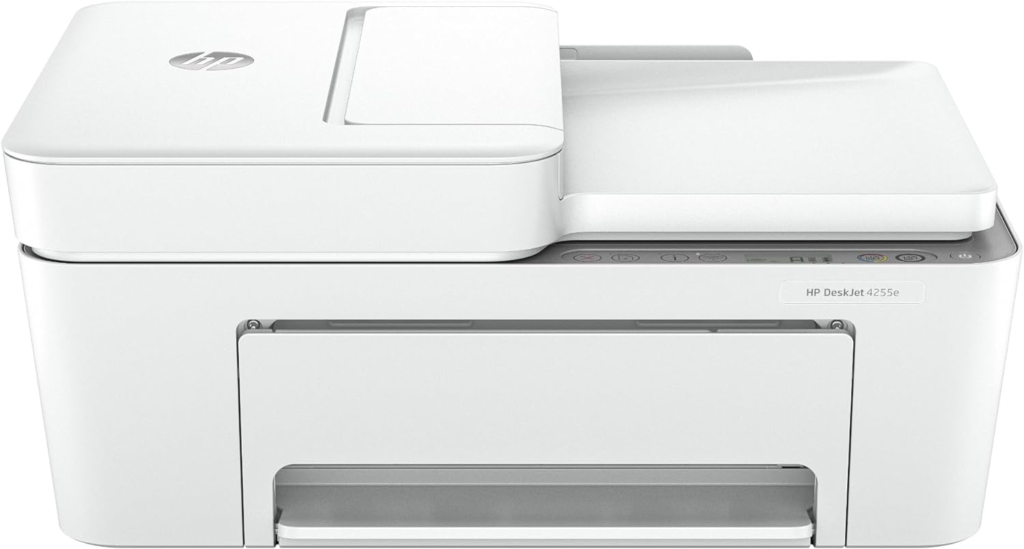In a world inundated with information and physical documents, achieving a clutter-free, organized, and paper-free life might seem like a distant dream. However, after years of dedication, I can assure you it’s not only attainable but also incredibly rewarding. By incorporating a scanner and some practical strategies, I’ve managed to digitize my life, keeping everything I need at my fingertips—literally, on my phone. Let’s explore the benefits and strategies of living a paper-free life.
The Burden of Paper Clutter
Before transitioning to a paper-free life, I was overwhelmed by piles of papers—bills, receipts, manuals, and documents that seemed endless. The anxiety of searching for a particular document was overwhelming. This clutter occupied both physical and mental space, distracting me from focusing on what truly mattered.
This emotional weight prompted me to seek a solution, leading to the discovery of the transformative power of digitization.
Why Go Paper-Free?
- Reduced Stress and Anxiety
- A cluttered space can lead to a cluttered mind. By eliminating physical papers, I could think more clearly and focus better on tasks. With everything organized and easily accessible, the anxiety of searching through stacks of papers vanished.
- Space Savings
- One of the immediate benefits of going paper-free is the physical space it frees up. No longer needing filing cabinets or boxes, my home office transformed from chaos to an organized oasis, fostering a more productive environment.
- Easier Accessibility
- With a scanner, I created digital copies of important documents, accessible from my phone or laptop, whether at home, work, or on the go. No more rummaging through drawers or cabinets to find specific papers.
- Environmental Impact
- Reducing paper usage is also an environmentally conscious step. By minimizing reliance on physical documents, I contribute to less waste and lower demand for paper production, benefiting our planet.
The Scanning Process
- Choosing the Right Scanner
- The first step was selecting a reliable scanner. Look for features like automatic document feeding (ADF), double-sided scanning, and compatibility with mobile devices. Excellent options are available in both traditional desktop scanners and portable handheld models


- Setting Up a Scanning Routine
- Establishing a routine was crucial. I designated specific times each week to scan documents, staying on top of incoming papers rather than letting them accumulate.
- Organizing Your Digital Files
- Once scanned, a robust organization system for digital files is essential. I mirrored my physical filing system, making it easy to locate documents. Categories included:
- Personal Documents: ID, birth certificates, etc.
- Financial Records: Tax returns, bank statements, receipts.
- Work Documents: Reports, presentations, contracts.
- Important Manuals: User manuals for appliances and gadgets.
- Once scanned, a robust organization system for digital files is essential. I mirrored my physical filing system, making it easy to locate documents. Categories included:

- Utilizing Cloud Storage
- Cloud storage solutions like Google Drive, Dropbox, or OneDrive ensured files were accessible from anywhere. This provided backup in case of hardware failure and allowed access from any device.
Going Beyond Basic Scanning
- Optical Character Recognition (OCR)
- A game-changer was using OCR software, converting scanned documents into editable and searchable text. This means quickly finding documents by typing keywords instead of scrolling through endless files.
- Mobile Scanning Apps
- Mobile scanning apps like CamScanner and Adobe Scan allowed me to scan documents on the go, digitizing anything I received while out and about. Scanning receipts or documents immediately meant never keeping physical copies.
- Establishing a Paperless Workflow
- I opted for electronic statements for bills, subscriptions, and bank accounts. Receiving digital copies instead of physical mail kept my space clutter-free and streamlined my administrative process.
Maintaining the Clutter-Free Lifestyle
- Regular Decluttering Sessions
- Even in a paper-free life, clutter can creep in. I schedule regular decluttering sessions to stay organized, reviewing digital files, deleting unnecessary items, and ensuring everything is correctly categorized.